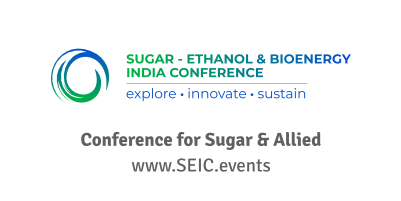China’s tightening grip on critical minerals has emerged as one of the most contentious topics at COP30 in Belem, with strategic affairs expert Jagannath Panda cautioning that the global clean-energy transition cannot depend on resources controlled “overwhelmingly by a single authoritarian state.”
In an analysis published in Turkiye Today after his visit to the summit as an observer, Panda argued that rare earth elements, lithium, copper, and other key minerals required for renewable technologies have become “political instruments embedded in the strategic ambitions of the Communist Party of China (CPC).”
He noted that China’s dominance—accounting for nearly 60% of global rare earth production and about 90% of refining capacity—gives Beijing the ability to “shape, indeed to weaponise, the pace and direction of global decarbonisation.” According to Panda, this position was not achieved through market forces but through a deliberate CPC strategy to secure mining regions, monopolise processing, link infrastructure to geopolitical influence, and use export controls to exert pressure on competitors.
“These concerns permeate negotiation rooms, civil society events, and expert panels across COP30,” he said.
Panda identified the Tibetan Plateau as a key extraction hub for China, pointing to its vast deposits of lithium, copper, uranium, and heavy rare earths. A delegation led by Panda, Head of SCSA-IPA, and joined by Senior Associate Fellow Richard Ghiasy, visited Brazil for COP30 and later held high-level discussions in Rio de Janeiro. As part of their project, “Whither Tibet in Climate Crisis Agenda,” the delegation emphasized that the Tibetan Plateau—often called the world’s “Third Pole”—is warming nearly three times faster than the global average.
While COP30 centered heavily on Amazon conservation, Indigenous rights, and sustainable development, the SCSA-IPA stressed that the Tibetan Plateau remains drastically underrepresented, even as it experiences rapid glacial retreat, permafrost degradation, and destabilising river systems that sustain nearly 2 billion people in South and Southeast Asia.
Panda wrote that large-scale ventures such as the Qulong copper mine and the Zabuye lithium lake are integrated with expansive rail, hydropower, and logistics networks that “serve dual purposes: accelerating mineral extraction and advancing Beijing’s political and military consolidation of the plateau.” He warned of “severe” ecological impacts, including soil erosion, shrinking glaciers, polluted waterways, and threats to food and water security across Asia.
Debate around the issue intensified this month when Beijing expanded its rare-earth export restrictions. China added five more rare-earth metals to a list first tightened in April, placing nearly all 17 recognised rare-earth elements under more stringent controls. The government also restricted dozens of refining technologies and required approval for products containing even 0.1% of certain China-sourced minerals. Export of materials used in defence systems has been barred, and equipment tied to semiconductors and AI will now require case-by-case approval.
Panda said these measures amount to “a new layer of structural power,” giving Beijing deep influence over clean-tech supply chains and even military-related materials. In his Turkiye Today piece, he argued that global climate ambitions are increasingly at risk due to China’s “opaque, concentrated and politically leveraged” mineral networks. Delegates in Belem, he added, increasingly acknowledge that the world’s green transition cannot be anchored to supply chains that Beijing can restrict at any moment.
“The contradiction is stark,” Panda wrote. “Global climate goals increasingly rely on minerals extracted from a region suffering profound ecological stress.”














